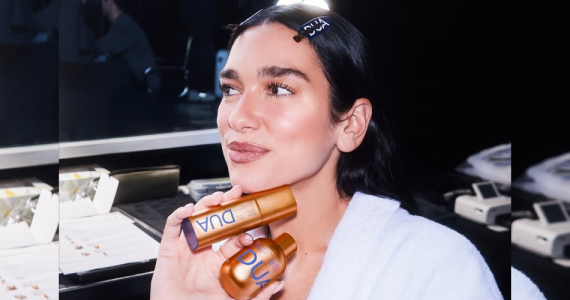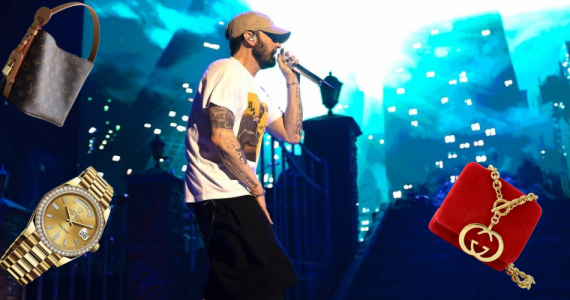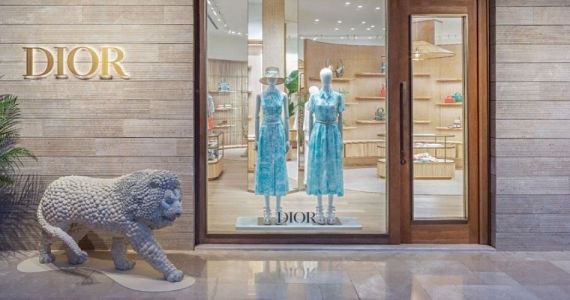Morgan Stanley’s trading floor was dependent on noise, speed, and nonstop excitement. Currency options flashed across screens, deals unfolded in seconds, and voices competed for attention. For fifteen years, that was the world where she built her reputation.
She rose to the rank of Managing Director, handling emerging markets and proving she could succeed in one of finance’s most competitive spaces. Yet, beneath the triumph, a question kept surfacing: How could her career align with the values she had carried since childhood?
Growing up in small college towns in the Midwest and Rust Belt, she had witnessed communities transform when factories closed. She had seen rivers too polluted for swimming and the struggles that followed job losses. With a professor father and an artist mother, she grew up with awareness of both social and environmental issues.
When her mother passed away during college, stability became a priority, leading her toward finance instead of her first passion, architecture. Still, the desire to connect her work with purpose remained.
In 2017, Vanessa pressed pause on her finance career, taking a six-month sabbatical to reevaluate her path. What she found was not a return to banking but an unexpected pivot to fashion.
Uncovering Fashion’s Hidden Costs
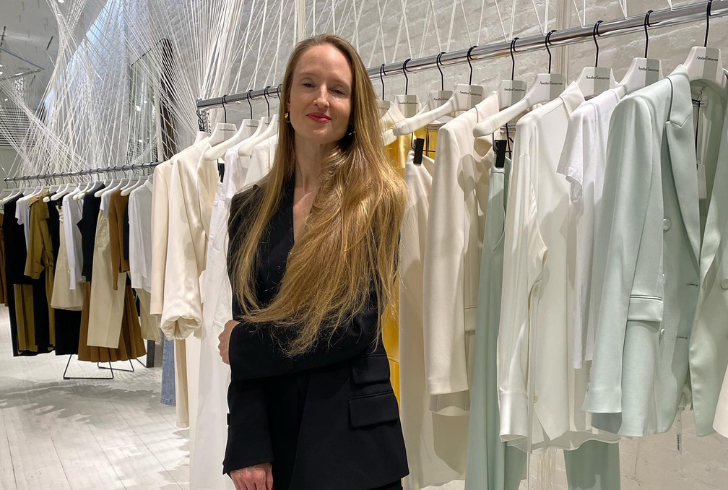
At the start, Vanessa knew little about the apparel industry. Yet once she began researching, the numbers shocked her. The fashion sector had exceeded planetary limits by four times.
She discovered how conventional cotton consumes vast amounts of pesticides and water. She saw that nearly half of the clothing ended up in landfills within a year of production. Low wages, poor transparency, and overlooked animal welfare painted a bleak picture.
As she later described, this was “information I couldn’t unknow.” For the first time, she felt drawn toward a tangible solution. Fashion, she realized, could be reimagined to serve both people and the planet.
By early 2018, she had launched her own label—Another Tomorrow. Its mission was ambitious yet clear: design a modern luxury brand guided by three principles—human, animal, and environmental welfare.
To bring this vision to life, she partnered with Jane Chung, the former DKNY creative director. Together, they created timeless garments rooted in both design and ethics.
Building From Scratch With Purpose
Most fashion brands start by sourcing fabrics from catalogs. Vanessa quickly realized that wasn’t an option. The materials that matched her values weren’t available.
So, Another Tomorrow built its own library of fabrics. The collection included regenerative wool from Tasmanian farms, FSC-certified viscose from Swedish forests, organic cotton, linen, hemp, recycled cashmere, corozo buttons, and peace silk.
Each piece carried a digital ID powered by Evrythng, giving customers insight into where every material came from. These digital IDs also supported the brand’s resale platform, allowing owners to resell garments at fixed prices authenticated by the company.
This approach signaled a shift: clothing was no longer disposable but an asset with lasting value.
Resilience in the Face of Challenges
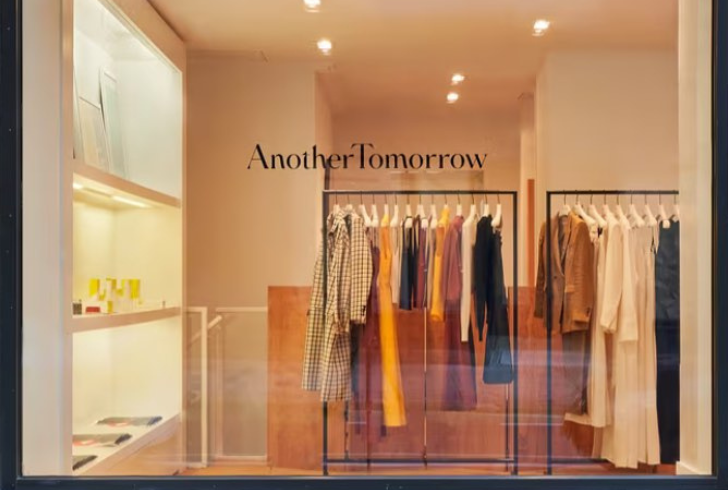
Another Tomorrow officially launched in January 2020. Just six weeks later, the pandemic disrupted everything. Consumer habits shifted dramatically, the brand lost its first creative director, and uncertainty filled the air.
Fundraising also proved difficult. Female founders continue to secure only a small fraction of venture funding, adding another layer of challenge.
During sleepless nights, Vanessa leaned on Vedic meditation to stay centered. She also relied on her network of advisors and investors to push forward. Even under pressure, she held firm to her model: half of the line would remain evergreen and produced on demand to prevent waste, while smaller seasonal releases satisfied customer appetite for novelty.
In 2021, Another Tomorrow opened its first physical store on Bleecker Street in New York. More than a retail space, it served as a hub for learning, discussion, and community.
Circular Fashion Made Simple
From the beginning, resale was woven into the business model. While other fashion houses resisted resale, fearing it might compete with new sales, Vanessa embraced it. She believed resale must replace new production to genuinely reduce waste.
Through partnerships with Recurate and Evrythng, the brand designed a resale system that was transparent and easy to use. Customers knew in advance what they would receive for selling back an item. The brand covered shipping and authenticated each garment through its digital ID.
This system made circular fashion practical, accessible, and trustworthy.
Expanding Influence and Recognition
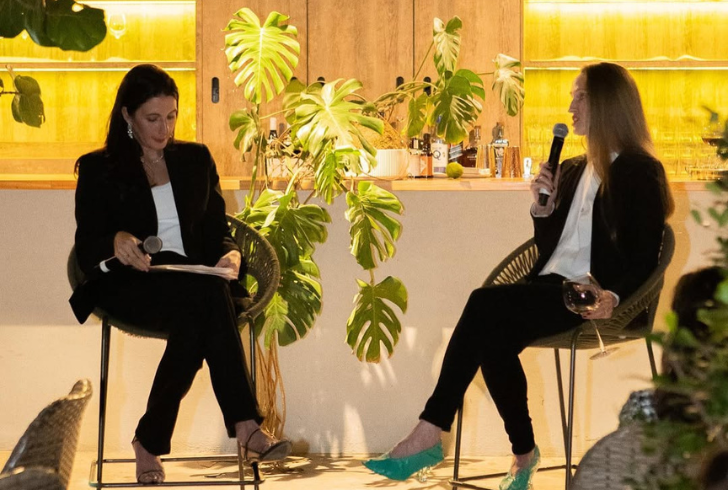
Over time, Another Tomorrow grew into more than a clothing label. Within six months, it achieved B Corp certification. Soon, it was recognized in Vogue, Bloomberg, Fast Company, and The New York Times. High-profile figures, including Angelina Jolie, Meghan Markle, and Gwyneth Paltrow, were seen wearing its pieces.
Vanessa also took on new leadership roles outside of fashion. She joined the advisory board at Harvard’s Carr Center for Human Rights Policy and became part of the New York board of the Trust for Public Land.
She often explains her perspective as choosing to focus on “patterns of resilience” instead of “patterns of problems.” This mindset, combined with her finance background, allowed her to see fashion not only as art but also as infrastructure. In doing so, she turned Another Tomorrow into a case study for how industries can evolve when driven by purpose.
Purpose Meets Luxury
From growing up in Iowa’s college towns to leading on Wall Street and reshaping the future of sustainable fashion, Vanessa Barboni Hallik has consistently believed that industries can be rebuilt with responsibility at their core.
Another Tomorrow is proof that luxury and sustainability coexist and strengthen one another when guided by clear values.
Her journey highlights that skills, values, and timing can align in unexpected ways. When they do, the choice is clear—stay in the familiar or create something the world hasn’t seen before. Vanessa chose the latter, and in doing so, she redefines what modern fashion means.


